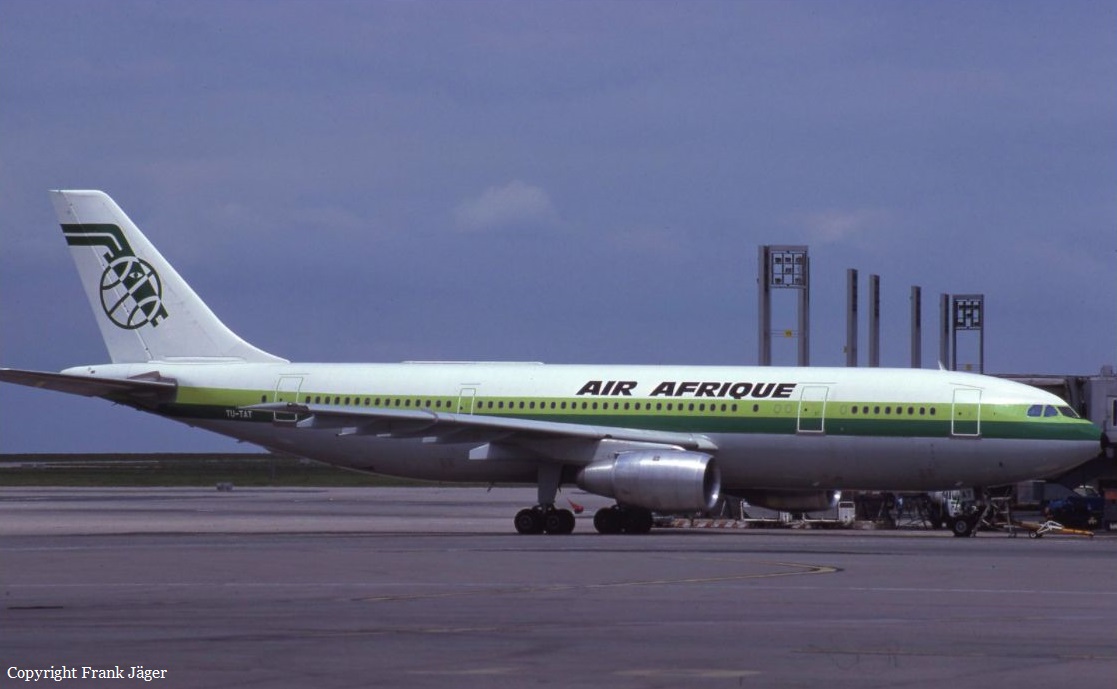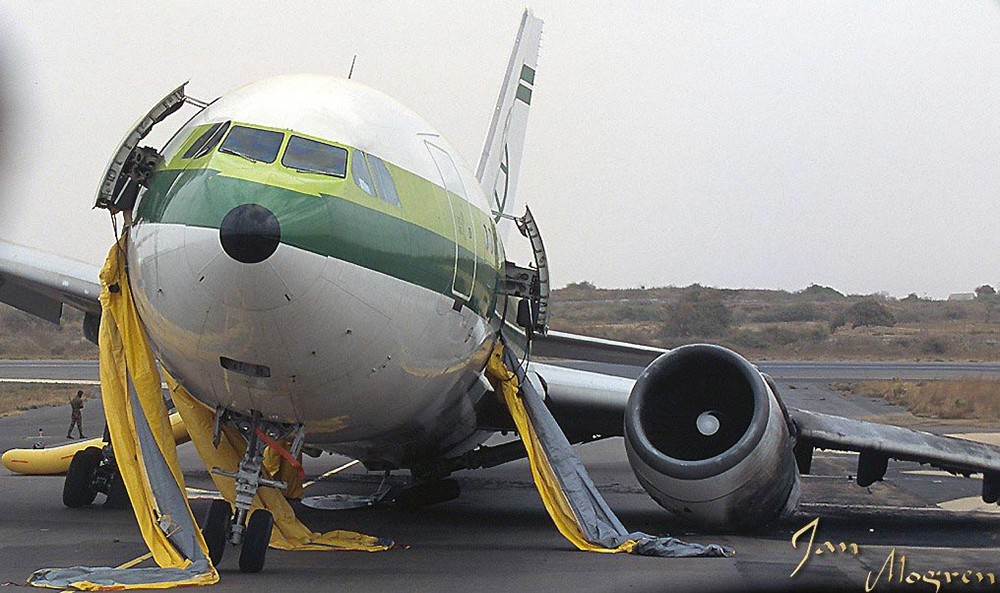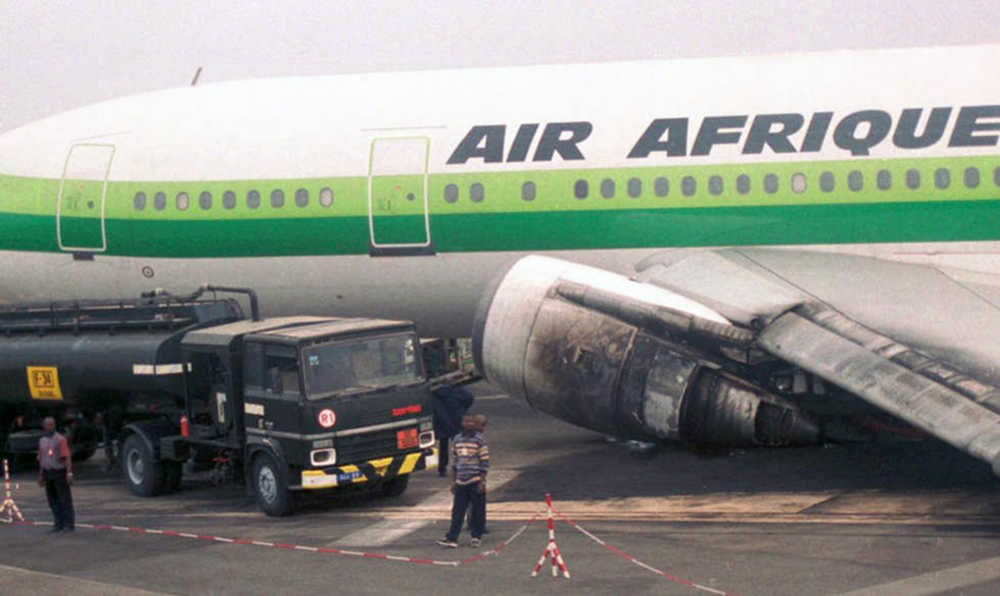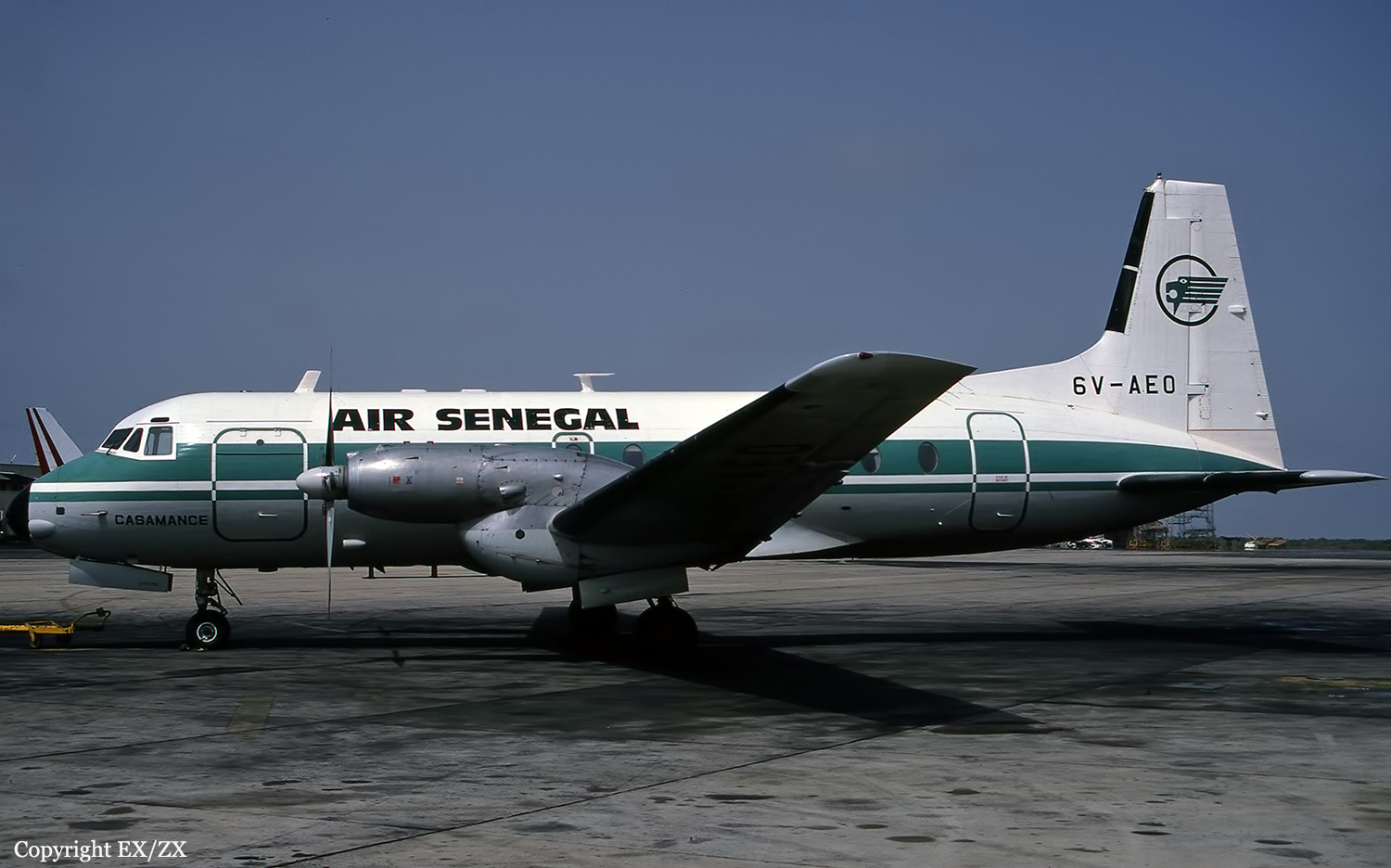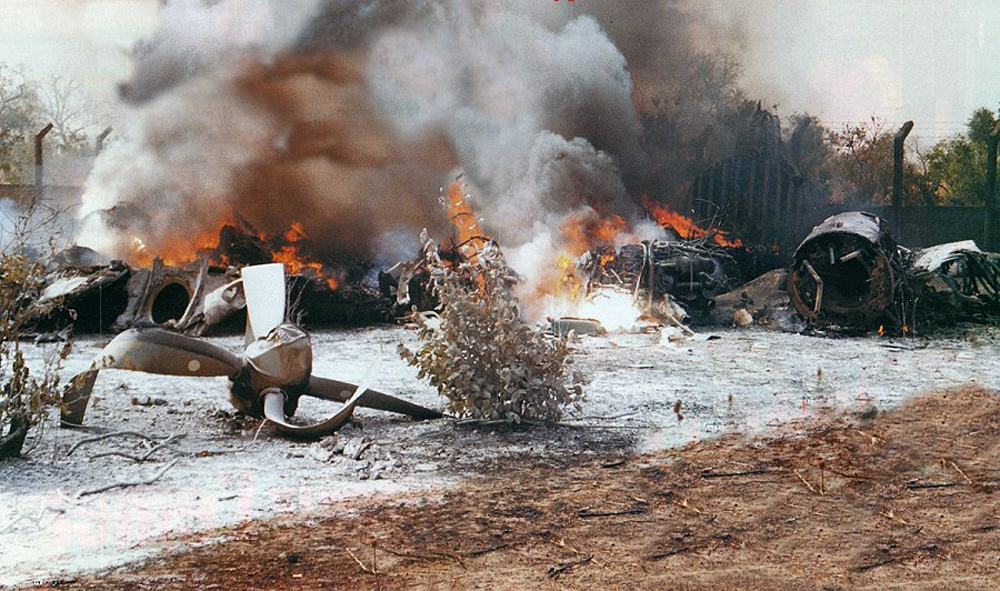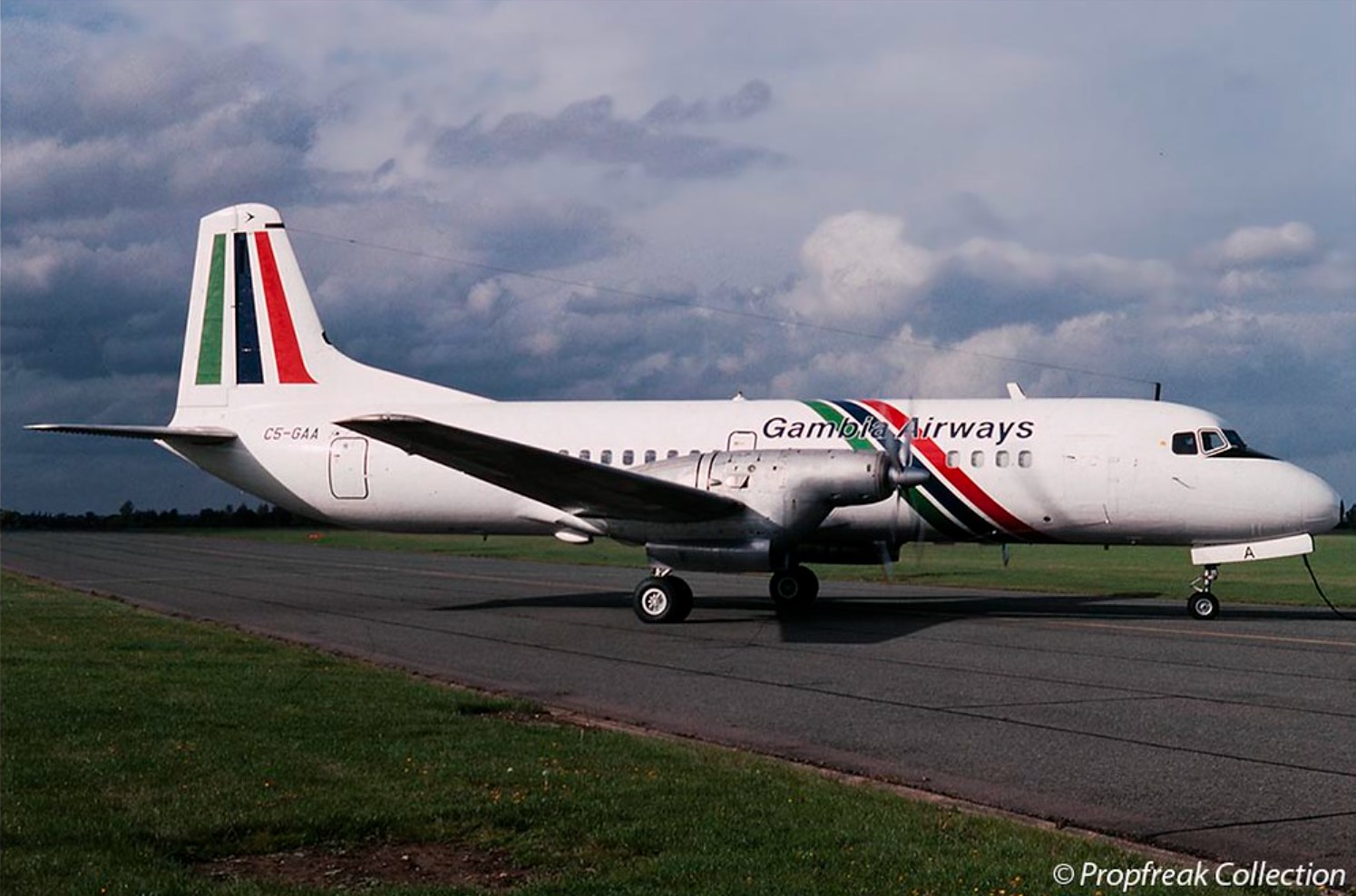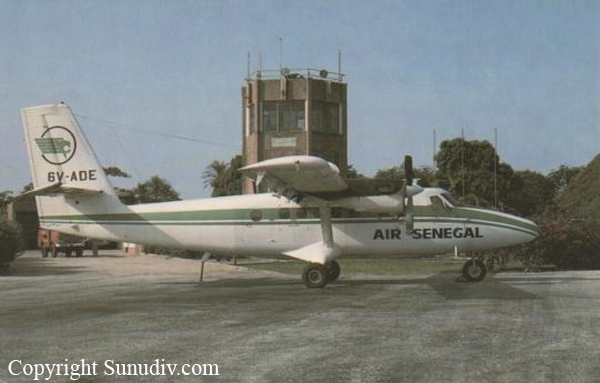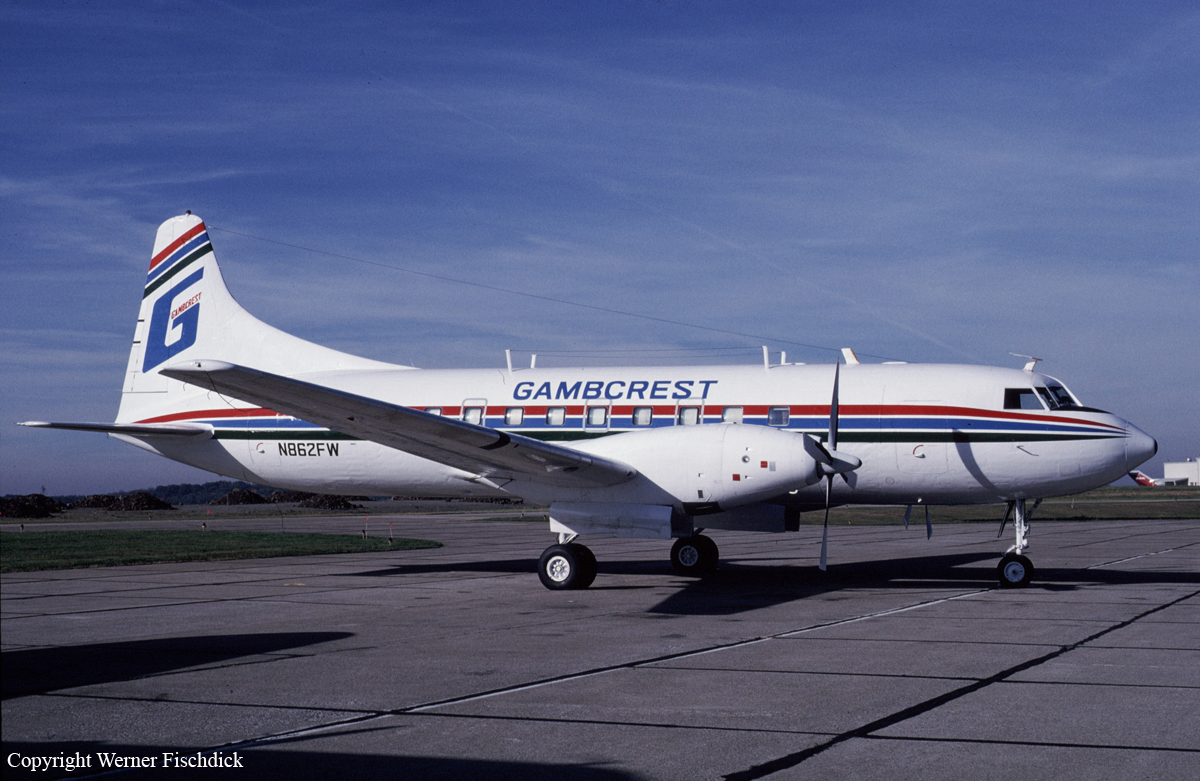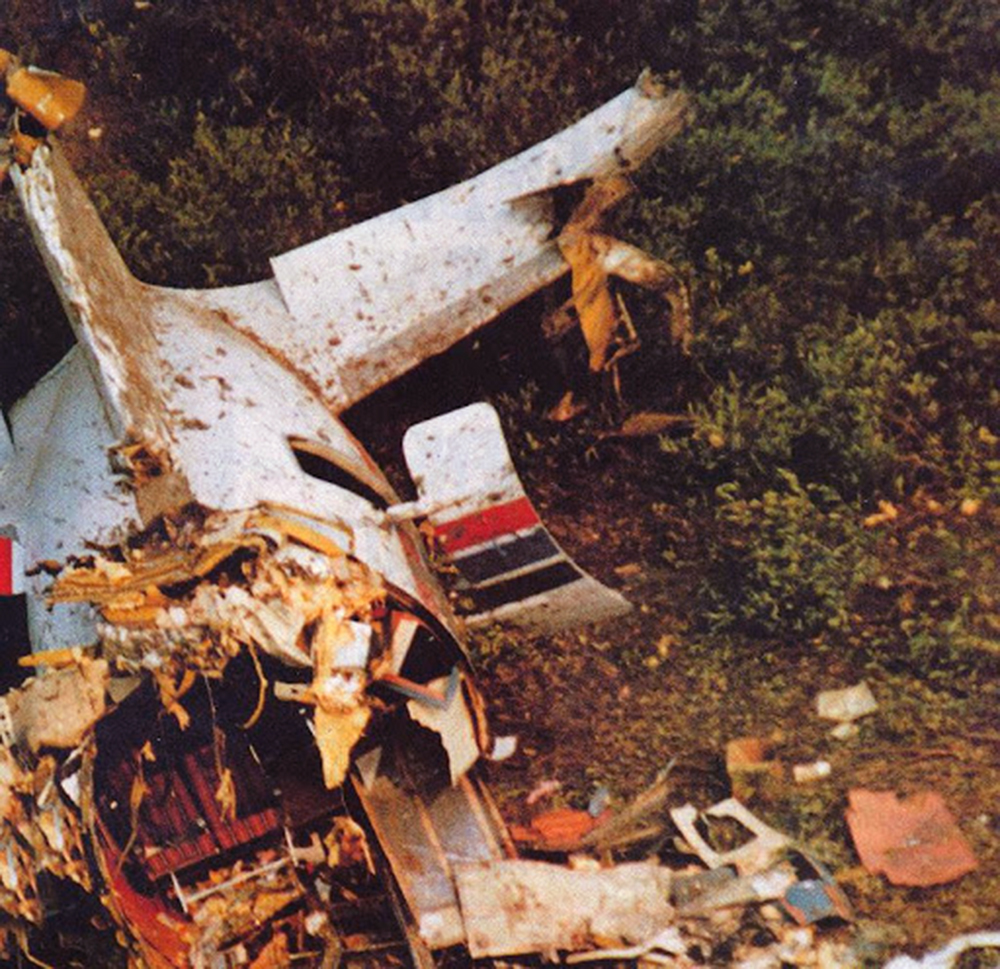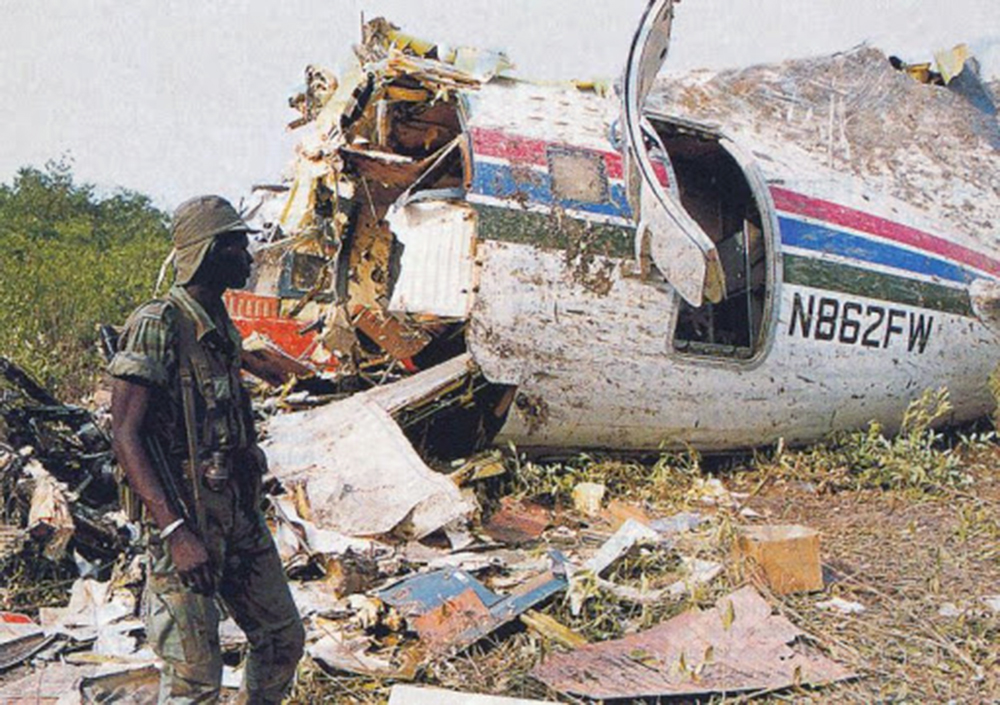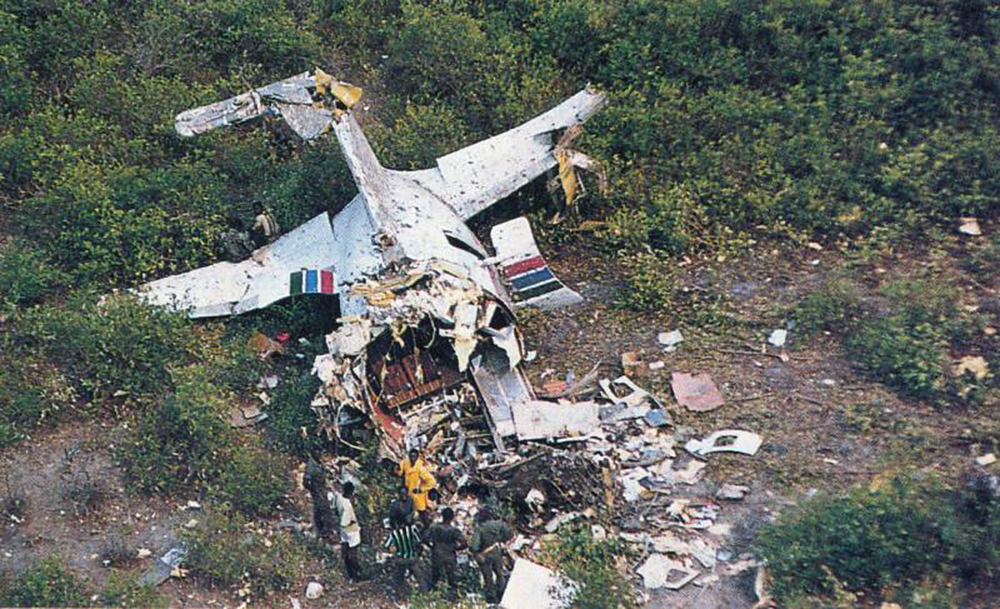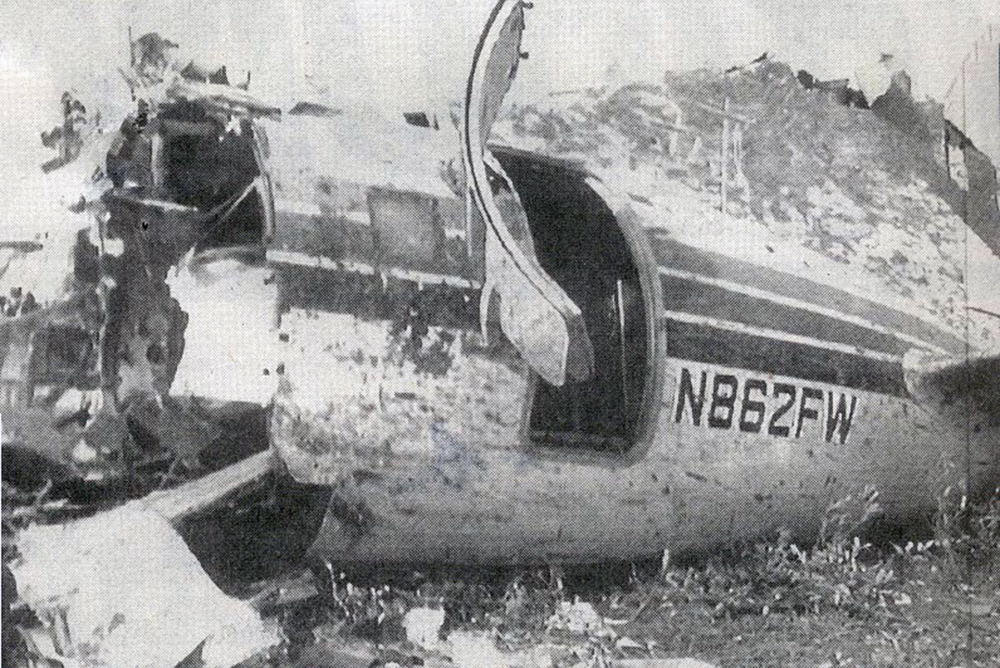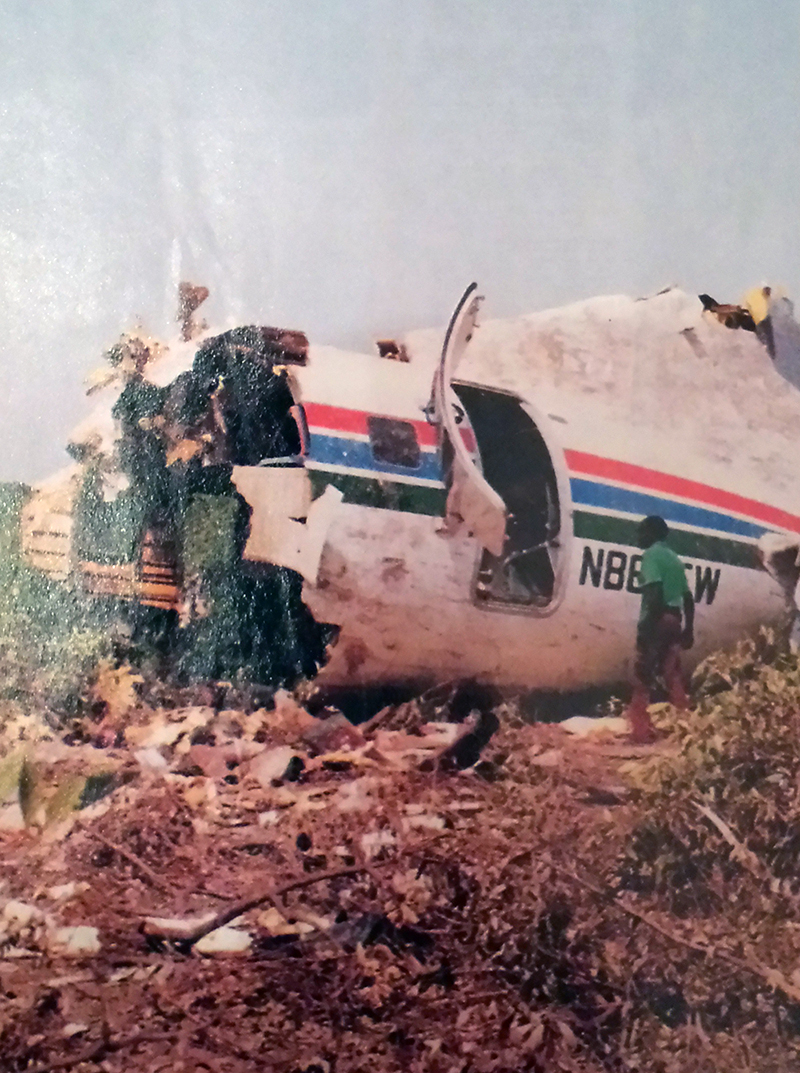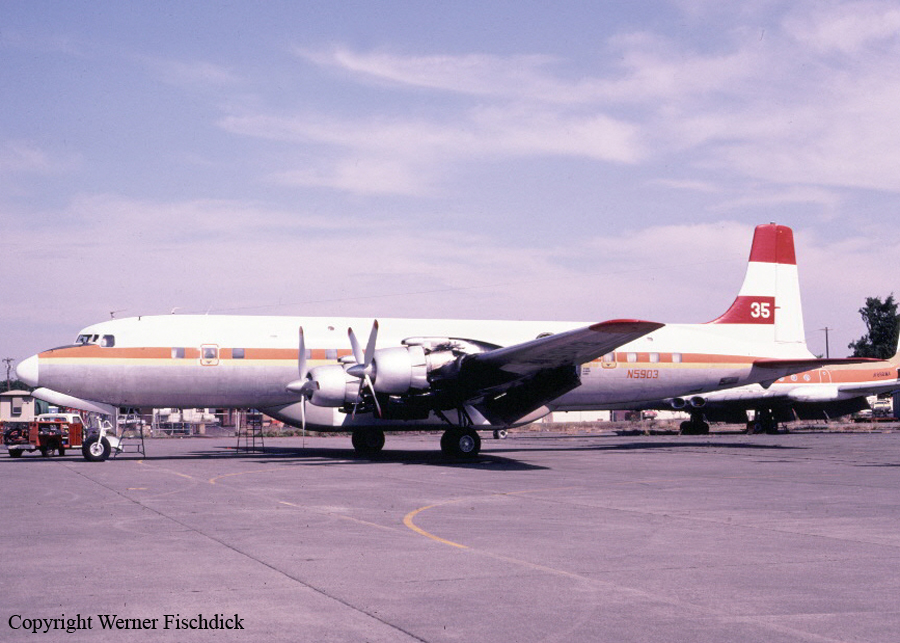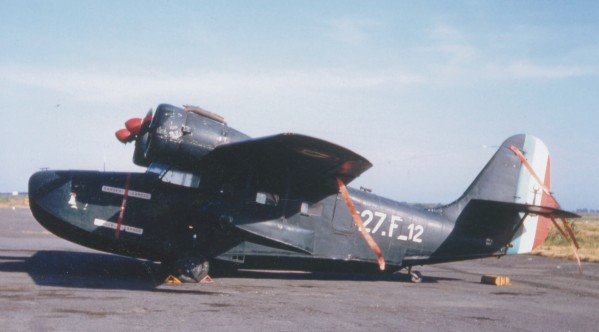Ground accident of an Airbus A300B4-203 in Dakar
Date & Time:
Feb 12, 2000 at 0056 LT
Registration:
TU-TAT
Survivors:
Yes
Schedule:
Dakar - Paris
MSN:
282
YOM:
1983
Flight number:
RK304
Crew on board:
11
Crew fatalities:
Pax on board:
171
Pax fatalities:
Other fatalities:
Total fatalities:
0
Aircraft flight hours:
38400
Aircraft flight cycles:
19600
Circumstances:
While taxiing for departure at Dakar-Yoff Airport, the left main gear unsafe alarm came on in the cockpit panel. The captain decided to return to the apron to proceed to an inspection when the left main gear collapsed. The engine n°1 struck the ground and partially torn off. A fire erupted and quickly spread to the left wing. All 182 occupants evacuated safely but the aircraft was considered as damaged beyond repair. It just came out from a C Check maintenance program.
Probable cause:
A crossing of the flexible tubing of the hydraulic connection controlling the locking of the left gear failed, causing the left main gear to retract.
